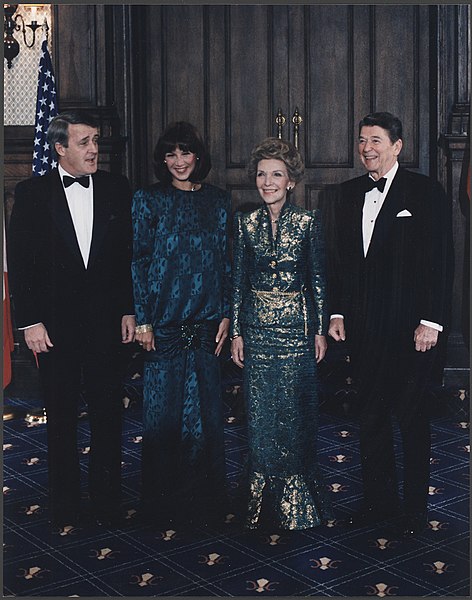Chris Bray isn’t impressed with two new political books hitting the bookstores at the moment:
It’s an election year, so get ready. Two astonishingly dullwitted books arrived in bookstores this week, on the same day, as their dreadful authors hit the airwaves to promote them. One was White Rage: The Threat to American Democracy, about the breathtaking stupidity and backwardness of rural whites, who are destroying America. Taking care to be subtle, the publisher gave the book a cover that features a pick-up truck with an American flag and a Trump sign, leaving out only the weird kid with the banjo and the dude who shouts, “Squeal, boy! Squeal like a pig!”
And then there’s the wonderfully nuanced title Attack from Within: How Disinformation is Sabotaging America, by Obama-era US Attorney Barbara McQuade, who is now a law school professor after being asked to resign by Orange Hitler — though apparently a law school professor who is unfamiliar with the text of the 6th Amendment, thinking it exists to confer a right upon the public to have people put on trial right away.
[…]
The cover of McQuade’s book is somehow more obnoxious than the cover of White Rage:
See, it’s a giant clenched fist rising out of Middle America. Get it? Get it? It may take a moment.
These books: If, one day, by some bizarre chain of weird accidents, these are the only remnants of our civilization, no one will have the slightest idea what actually happened while we were alive. They’re miscategorized fiction. Every paragraph is full of obtuse faked reality; if you hold it up to the real world, it doesn’t even sort of match. Go click on the Amazon preview for McQuade’s book, if you’d like to see this for yourself […]
Onward: “Much of the American right glamorizes assault weapons, based on the absurd claim that the Second Amendment protects not only the right to bear arms but also the right to overthrow our government.”
My goodness, where would anyone get the claim that a founding-era American document meant to describe citizens as having a right to overthrow their government?
The Declaration of Independence, the literal founding statement of the nation that gave McQuade a government job:
We hold these truths to be self-evident, that all men are created equal, that they are endowed by their Creator with certain unalienable Rights, that among these are Life, Liberty and the pursuit of Happiness. — That to secure these rights, Governments are instituted among Men, deriving their just powers from the consent of the governed, — That whenever any Form of Government becomes destructive of these ends, it is the Right of the People to alter or to abolish it, and to institute new Government … But when a long train of abuses and usurpations, pursuing invariably the same Object evinces a design to reduce them under absolute Despotism, it is their right, it is their duty, to throw off such Government, and to provide new Guards for their future security.
Thomas Jefferson thought Americans had a right to “throw off” their government; Barbara McQuade finds it an “absurd claim”. Which one do you think understood the topic?







